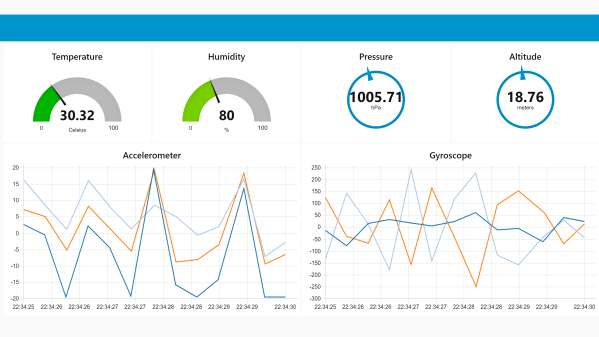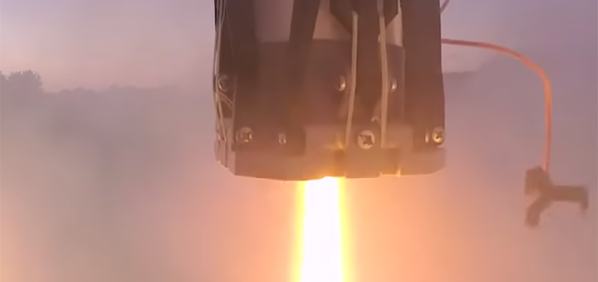When you’re building advanced rockets as BPS.Space are, an unreliable launchpad is the something you really don’t want to be struggling with. [Joe Barnard] is working on a model rocket that can land vertically under its own power, like the Falcon 9, and has upgraded his launchpad in the process. A lot of thought and hard-earned experience has gone into its design, and the video after the break is a fascinating look the engineering process.
[Joe]’s rockets don’t use guide rods and fins for stabilization in the way most amateur rockets do, but instead have thrust vectoring motor mounts and reaction wheels for active stabilization during launch and flight. The rockets are clamped to the launchpad right up to ignition, and then need to release quickly and reliably. His previous clamps looked very cool, but suffered from high friction forces during release, and the integrated covers prevented easy inspection. These were replaced by much simpler spring-loaded clamp held in place by a small locking bar, which is knocked out by a servo to release the clamp. It also has no static friction, since it moves up and away from the clamping surfaces on the rocket.
The launch pad also features a ATSAMD21 based launch computer named Impulse, which at the most basic level controls the igniter, clamps, buzzer and indicator lights. It also has a number of inputs and outputs to allow for expansion. [Joe] experienced a number of inexplicable failures of rocketry electronics in the past, but believes he has finally tracked down the culprit: Tennessee humidity. He has since started conformal coating all his electronics.
The launchpad itself is made from plywood, so to protect it from the hot exhaust it has in integrated flame trench. This was made from 1 inch steel plumbing components, and directs most of the exhaust out of one side of the platform. It can also be reconfigured to allow a three core rocket like a Falcon Heavy to be launched. Continue reading “The Ultimate Model Rocket Launchpad”

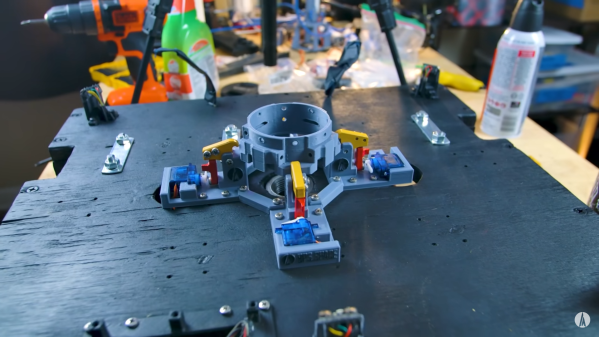
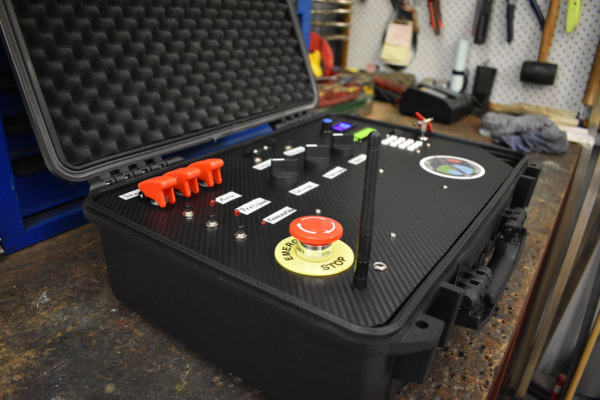

 While rockets launched from silos are generally weapons of war, [Joe Barnard] of [BPS.Space] thought model rocketry could still do with a little more thoomp. So he built a functional
While rockets launched from silos are generally weapons of war, [Joe Barnard] of [BPS.Space] thought model rocketry could still do with a little more thoomp. So he built a functional 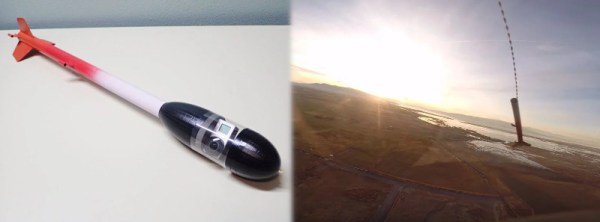
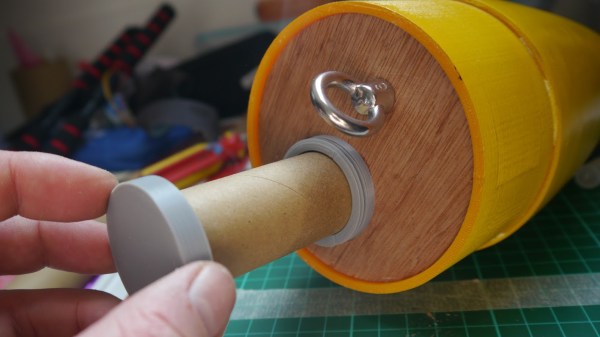
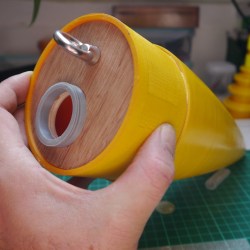 The payload container is a hollow tube with a 3D printed threaded adaptor attached to one end. Payload goes into the tube, and the tube inserts into a hole in the bulkhead, screwing down securely. The result is an easy way to send up something like a GPS tracker, possibly with a LoRa module attached to it. That combination is a popular one with high-altitude balloons, which, like rockets, also require people to retrieve them after not-entirely-predictable landings. LoRa wireless communications have very long range, but that doesn’t help if there’s an obstruction like a hill between you and the transmitter. In those cases,
The payload container is a hollow tube with a 3D printed threaded adaptor attached to one end. Payload goes into the tube, and the tube inserts into a hole in the bulkhead, screwing down securely. The result is an easy way to send up something like a GPS tracker, possibly with a LoRa module attached to it. That combination is a popular one with high-altitude balloons, which, like rockets, also require people to retrieve them after not-entirely-predictable landings. LoRa wireless communications have very long range, but that doesn’t help if there’s an obstruction like a hill between you and the transmitter. In those cases, 